You can learn about the idea of High Speed Bracketing here. We use this technique now for exactly one year and are as excited as in the beginning. We are also teaching this technique in our workshops.
During this time we used quite a few cameras. This essay talks about our experience with these cameras in the context of High Speed Bracketing.
Aspects that are important for High Speed Bracketing
Frame Rate
- 3-4 fps is slow but ok
- 5 good
- 6-7 fps very good
- above 8 is top class
Write Card speed (includes buffering)
- The speed has to fast enough not to be in our way for relaxed no stress shooting
Highlight Priority (HPrio)
- A feature in newer Canon cameras that allows more highlight headroom for highlight recovery (read more) at the cost of some more shadow noise. For us highlights are essential and we use HPrio all the time.
- For other cameras you can simulate HPrio by underexposing by about 2/3 EV.
AEB (Camera Auto Exposure Bracketing)
- Does the camera has support for AEB
- Maximum EV spacing
Bracketing Sequences
- We explain which bracketing sequences we use with the different cameras
- The sequences are defined with the goal to recover in about 80-90% of all cases the normal (middle) exposure
We cover the cameras in the order we started to use them for High Speed Bracketing.
Canon 5D

- Frame rate: @3 fps ok but slow
- HPrio: N/A
- Bracket Sequences used
(1 1/3 EV spacing)
Verdict: Ok for HS Bracketing
Canon 1D Mark III
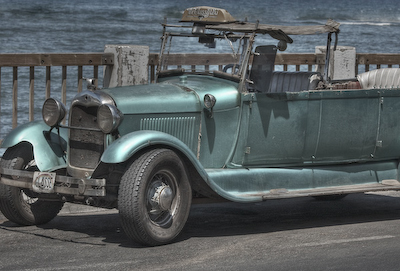
This is the camera that all started it for us.
- Frame rate: @10 fps top class
- HPrio: on
- Bracket Sequences used
(1 1/3 EV spacing)
- -1, +1/3, +1 2/3
- -1 2/3, - 2/3, +1/3, 1 1/3, 2 1/3
Verdict: Excellent for HS Bracketing
Fuji S5
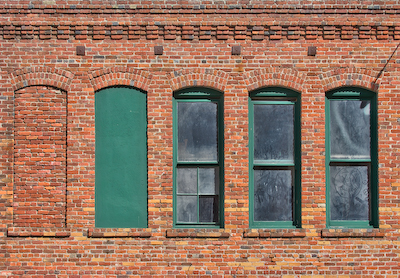
This camera is too slow to use AEB. But the dynamic range is so good that bracketing is only needed at a more extreme contrast ratio.
Verdict: not good for HS Bracketing (but also less need)
Canon Rebel XTi (400D)
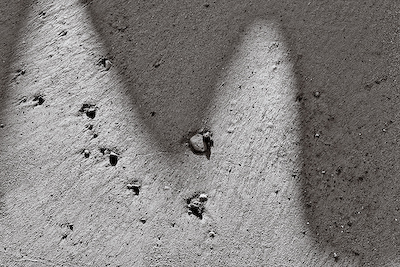
- Frame rate: @3 fps slow but ok
- HPrio: N/A
- Bracket Sequences used
(1 1/3 EV spacing)
Verdict: Ok for HS Bracketing
Canon 40D

- Frame rate: @6.5 fps very good
- HPrio: on
- Bracket Sequences used
(1 1/3 EV spacing)
Verdict: Very Good for HS Bracketing
Nikon D300
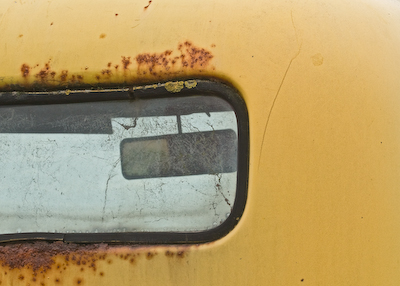
- Frame rate: @6 fps very good (can be faster with power pack)
- HPrio: N/A
- Bracket Sequences used
(1 EV spacing)
Verdict: Very Good for HS Bracketing (would like to see larger EV spacing)
Canon 1Ds Mark III
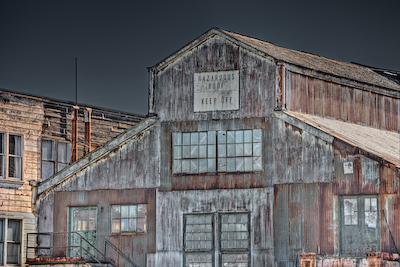
The 1Ds Mark III produces a lot of data (about 25MB per RAW file).
- Frame rate: @5 fps very good
- HPrio: on
- Bracket Sequences used
(1 1/3 EV spacing)
- -1, +1/3, +1 2/3
- -1, +1/3 (to reduce data volume)
Verdict: Good for HS Bracketing
Nikon D3
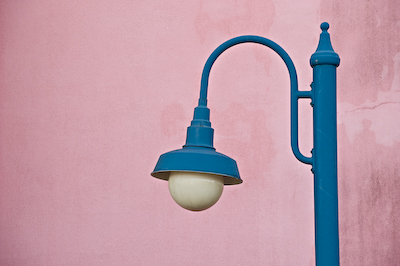
- Frame rate: @9 fps very good
- HPrio: N/A
- Bracket Sequences used
(1 EV spacing)
Verdict: Excellent for HS Bracketing (would like to see larger EV spacing)
Nikon D60
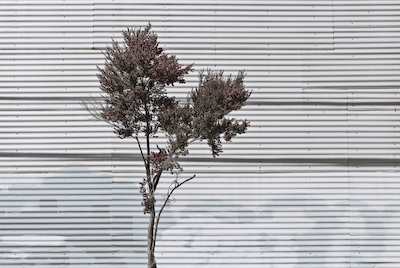
Does not support AEB.
Verdict: Not usable for HS Bracketing
Canon Rebel XSi (450D)
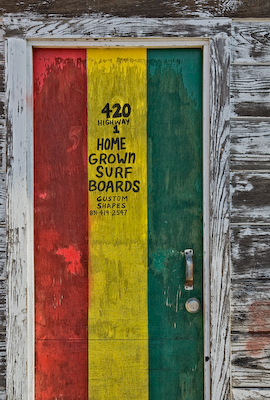
- Frame rate: @3.5 fps slow but ok
- HPrio: on
- Bracket Sequences used
(1 1/3 EV spacing)
Verdict: Ok for HS Bracketing
Olympus E-3

- Frame rate: @5 fps good
- HPrio: N/A
- Bracket Sequences used
(1 EV spacing)
Verdict: Good for HS Bracketing
Conclusion
Most of the recent cameras were well equipped for High Speed Bracketing and future cameras will even get faster. We shot over the last year at least 5000 bracketed sequences (>15K exposures).
Our next two workshops will cover the techniques involved in detail:
More to read
|